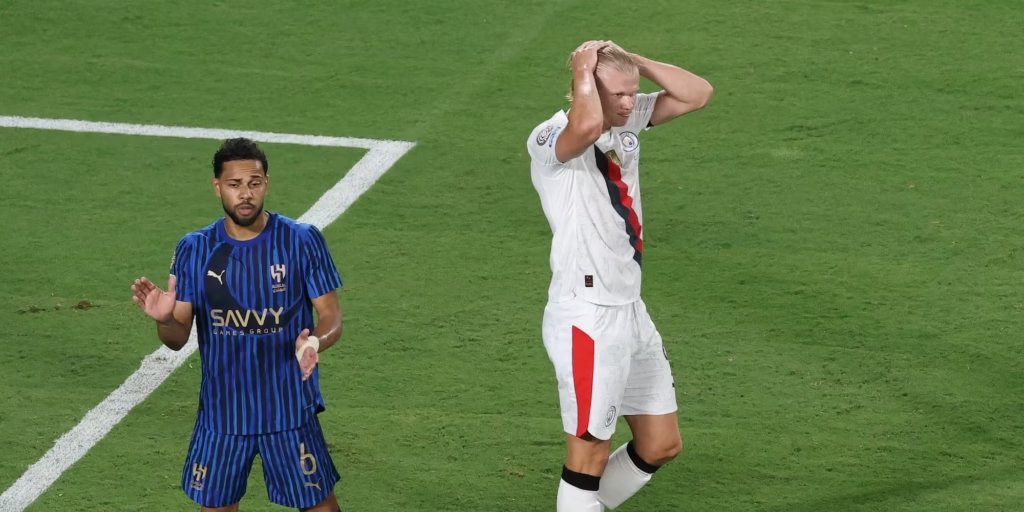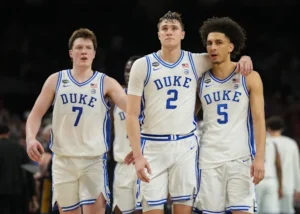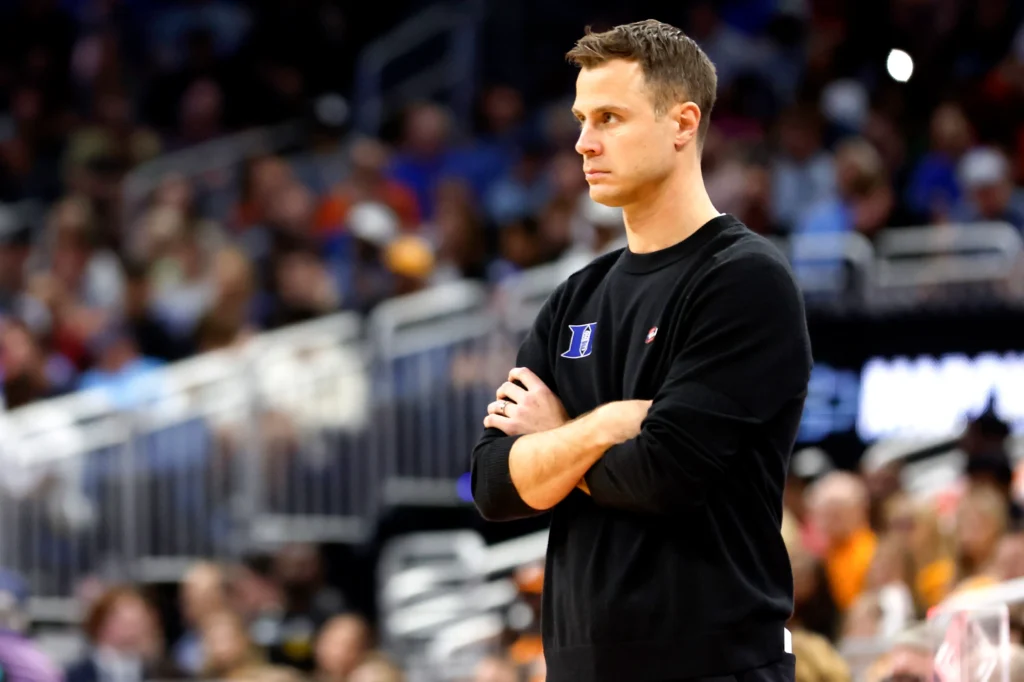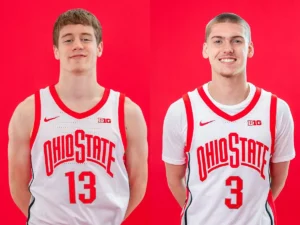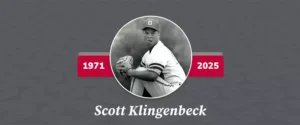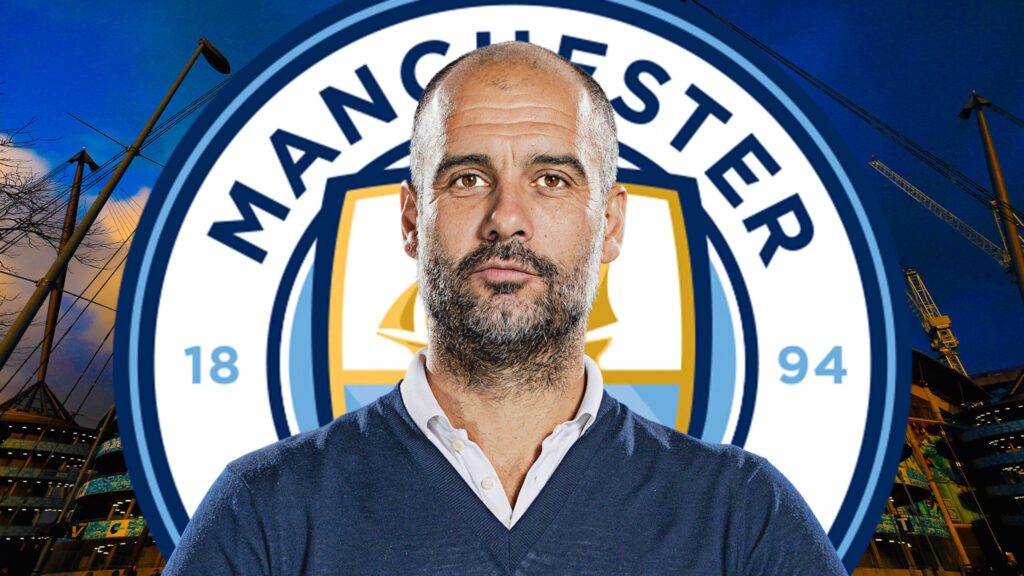
It has been nothing short of an extraordinary summer at the Etihad Stadium. As Manchester City embark on the 2025–26 campaign, Pep Guardiola’s squad has undergone a significant transformation—both tactically and financially. In addition to closing their January business with major additions, City have splashed the cash once again, bringing in five fresh faces even before the official window reopened on June 16. Alongside these arrivals, several stalwarts have moved on, either through release or transfer. The club’s vision is loud and clear: to rebuild, retool, and reclaim dominance.
Before the summer began, City had already begun reshaping their squad during the January window—an unusually active period designed to invigorate the side midway through the season. Among the headline moves was the arrival of highly rated Egyptian forward Omar Marmoush. Acquired from Eintracht Frankfurt for a reported £59 million, Marmoush quickly established himself as a powerful force in attack. He recorded eight goals and three assists across 22 appearances, highlighted by a sensational hat-trick against Newcastle in February. One of his long-range strikes also earned him the Premier League’s Goal of the Season award. Other January signings included defender Abdukodir Khusanov, full-back Vitor Reis, midfield talents Nico González and Juma Bah, and a promising academy centre-back Christian McFarlane. The spend in early 2025 surpassed £200 million, reflecting an aggressive strategy to reposition the squad’s core.
City launched a summer spending spree even before the Club World Cup deadline and the official market reopening. As part of a flurry of activity between June 9–11, five players were confirmed: two full-backs, two midfielders, and a goalkeeper. Rayan Aït-Nouri, the 24-year-old Algerian left-back, arrived from Wolves on June 9 for about £31.8 million with potential add-ons. He signed a five-year deal until 2030, arriving as direct competition to Josko Gvardiol. The next day, veteran goalkeeper Marcus Bettinelli, 33 years old, was signed from Chelsea on a nominal fee. He enters as third-choice behind Ederson and Stefan Ortega. Rayan Cherki, the 21-year-old French midfield prodigy from Lyon, joined on June 10 for an initial £34 million. His contract spans five years, and his former club retains a 15 percent sell-on clause. The Netherlands international midfielder Tijjani Reijnders followed suit on June 11, having arrived from AC Milan. He cost around £46.3 million and also signed a five-year deal. Sverre Nypan, 18 years old and considered one of Norway’s brightest prospects, soon became the fifth confirmed addition. The transfer cost approximately €15 million, bringing City’s summer spending to at least €145 million when combined with previous deals.
Collectively, this early summer outlay—£112.1 million on Aït-Nouri, Cherki, Reijnders, and Bettinelli, plus the later Nypan deal—took City’s expenditure to over €340 million for 2025 alone. These numbers confirm that City are not merely tweaking the margins. They are executing a full-scale squad recalibration, aiming to prepare for both the present and future.
There’s a clear pattern to City’s transfers: youth, versatility, and positional coverage. Aït-Nouri offers dynamic width on the left and could also play in advanced roles. Bettinelli adds dependable depth in goal and veteran presence in the locker room. Cherki and Reijnders represent the new midfield core, likely to replace the creative void left by Kevin De Bruyne. Nypan signals City’s long-term project planning—an 18-year-old already earmarked for development under Guardiola’s guidance. Eighteen-year-old visuals begin emerging in the form of Claudio Echeverri, a summer academy signing from South America, further reinforcing that youth acquisitions remain integral to Pep’s future plans. City’s strategy is to build the next title-winning team now while keeping one eye on succession planning for key positions.
While new blood trickles in, several long-serving Blue icons have moved on. Most notably, Kevin De Bruyne, a ten-year stalwart, was released at the end of the season and has since signed with Napoli. His departure marks the end of an era—one that brought league titles, cup glory, and Champions League triumph. Goalkeeper Scott Carson also exited. Yan Couto’s move to Borussia Dortmund, initially a loan extended last summer, became permanent on July 1 for around £25 million. Academy midfielder Jacob Wright made his first-team departure to Norwich on June 1 for £2.3 million. In total, City recouped roughly £27.5 million in transfer sales. Meanwhile, questions swirl around senior midfielder Ilkay Gündogan, aged 34, who may depart for Galatasaray on a free transfer—allowing him to return to Turkey and easing the wage burden. Speculation also continues around Jack Grealish, with Everton and Newcastle reportedly expressing interest. A move could still materialize if City deem the fit and finances appropriate.
Of course, none of this is happening in a vacuum. City’s summer spending spree comes against the backdrop of serious financial fair play scrutiny. With over 115 charges looming, the club is under immense pressure to justify every penny spent. Despite this, City have proceeded with confidence, signaling a belief that their accounting structures and revenue justifications will stand up to legal and administrative review. It remains to be seen how UEFA and Premier League authorities respond, but for now, City’s operations remain uninterrupted.
Strategically, City are reshaping their midfield. De Bruyne’s exit creates a massive vacuum, but the twin signings of Reijnders and Cherki aim to fill it with creativity, athleticism, and tactical flexibility. Reijnders, who registered 15 goal involvements for Milan last season, brings a combination of range, positioning, and elite composure. Cherki offers a different profile—flair, half-space movement, unpredictability—ideal for breaking down compact defenses. The delayed arrival of Gündogan’s replacement will mark the full shift between old and new. The contrasting styles of these new midfielders reflect Guardiola’s evolving tactical ambitions. Reijnders fits a more disciplined build-up game, while Cherki can offer verticality and moments of improvisation. City may now be leaning more into rotational width and tempo control, rather than high-pressing intensity alone.
Guardiola now faces the test of integration. Aït-Nouri must settle into a defense already anchored by Ruben Dias and Josko Gvardiol. Bettinelli, while unlikely to play much, needs to gel within the goalkeeping unit. Reijnders and Cherki must navigate a midfield that has thrived on structure and positional discipline. Not to mention Nypan, still raw, who will need time and patience before being fully exposed to top-tier football. Tactically, Cherki’s arrival may require some small adjustments—Guardiola may occasionally relax his high-pressing shape to accommodate Cherki’s natural tendency to drift and dictate from pockets of space. Reijnders will fit the more balanced, box-to-box role, but both embody a shift toward more creative, dynamic possession play. Pep has often shown an affinity for reinvention, and this new phase could mark another evolution in the way City play.
What City have achieved so far is a seamless blend of instant impact and future planning. Marmoush delivered immediately in January and seems set to remain a key attacking figure. Aït-Nouri, Reijnders, Cherki, and Nypan bring fresh energy, tactical options, and long-term potential. Core role players like Carson, De Bruyne, and Couto have moved on, clearing space and minutes for the new generation. The summer is far from over. City may still move for another high-profile star or make adjustments based on pre-season performance and Club World Cup outcomes. But the foundations—they lie firmly in youth, flexibility, and bold financial backing.
Manchester City are orchestrating a methodical transition. January’s firepower laid the groundwork. The summer’s youth-fueled rebuild sets the tone for the next five years. And the midfield renaissance, with Reijnders and Cherki at the heart of it, aims to provide the flair and control City need to thrive across multiple competitions. Guardiola’s challenge now is to turn this patchwork into harmony, to mold these individual talents into a coherent, title-winning machine. If successful, City will enter the 2025–26 season with renewed vigor—capable of challenging on every front: Premier League, Champions League, FA Cup, and possibly the Club World Cup. Whether they manage to blend flair and industry, optimism and structure, will define the next chapter of Pep’s reign. And with over £340 million invested since January, the bigger question may be: can this new guard deliver trophies?
